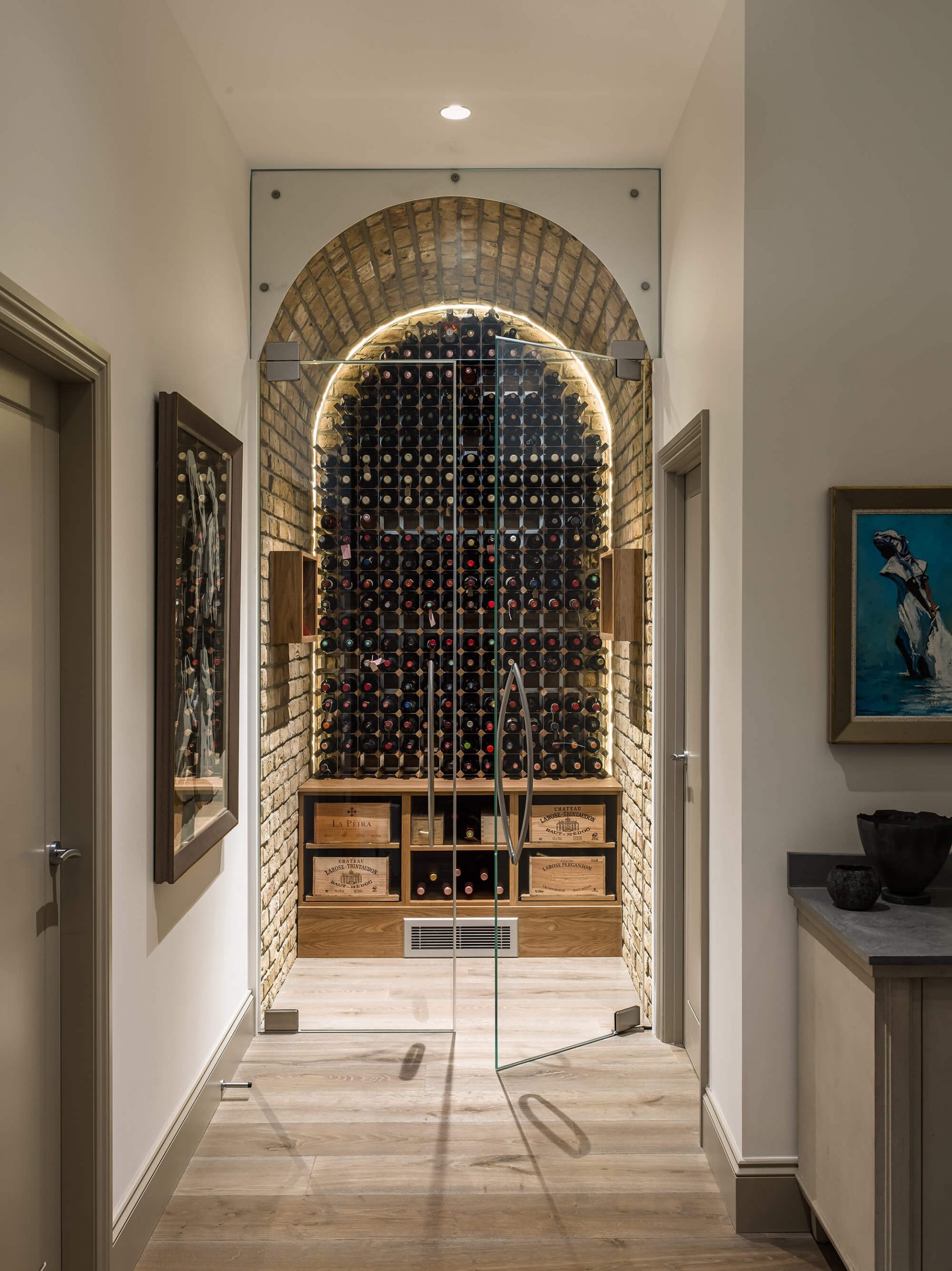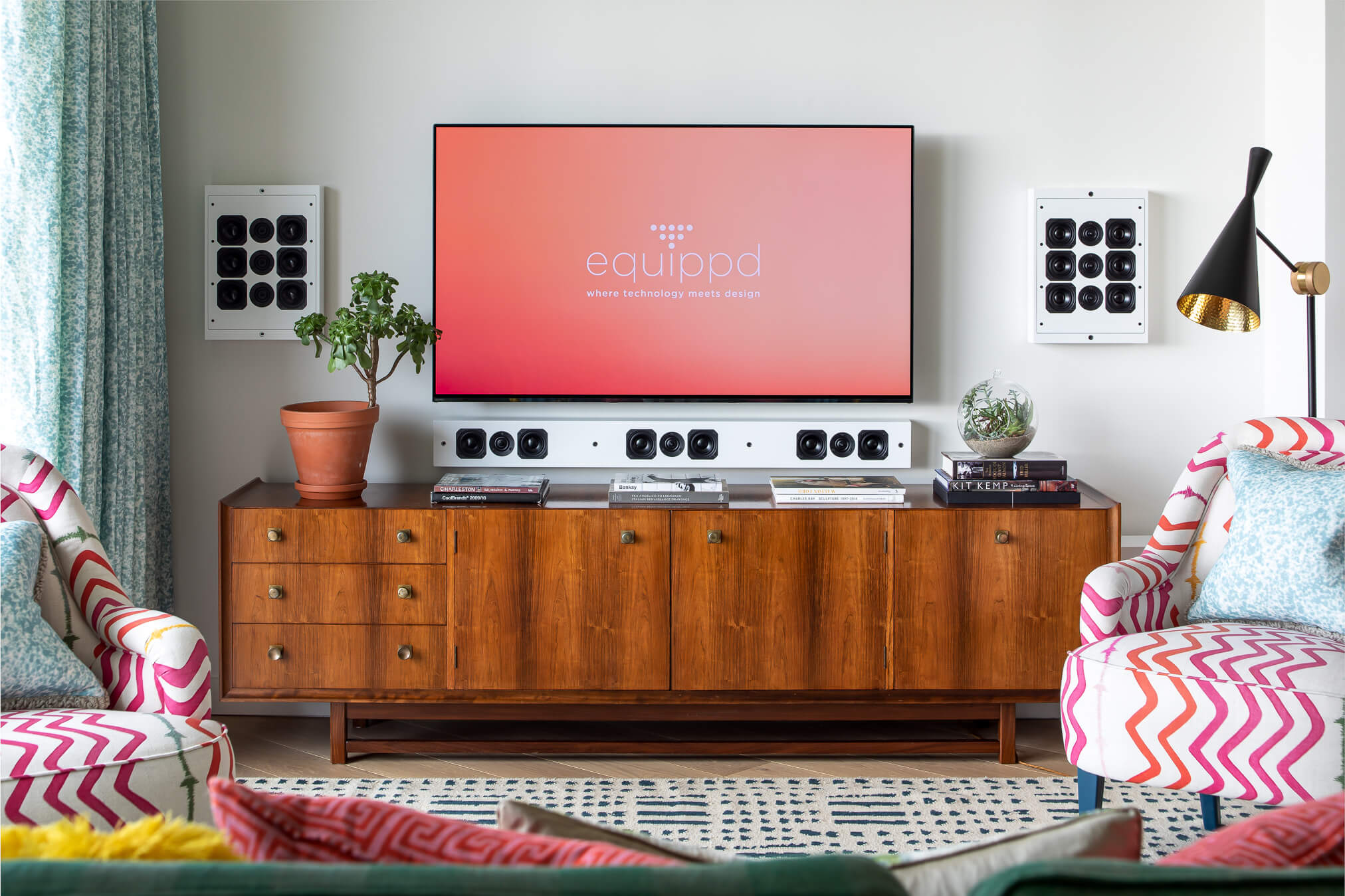Karl Smith
When people throw out words like “classic” and “contemporary,” it’s usually to make a point about how different they are — opposing forces in the great design war.
Contemporists will say that you can’t resist the ever-encroaching wave of the future, while classicists will remind us that we can’t ignore the past. Both, of course, are true — although try telling this to the ardent devotees of either and you’ll find your ears ringing for weeks. More than this, though, what is also true is that — at some point, often in the not-too-distant past — what’s now considered classic was once the young pretender.
Time, you see, is the great equaliser — edges are smoothed, concepts trickle down, and, in more recent decades, technology improves.
In 2021, as for some years now, the question is really not so much about whether classic and contemporary designs can find an uneasy peace together in our homes. Rather — with the latter so often being about new technologies and a less-is-more approach to aesthetics — it’s a question of how they can be successfully and seamlessly integrated to create an environment that riffs on timeless design and style cues whilst also maintaining the benefits of fully integrated technology.
In short, the best of both worlds.
Take our recent Equippd project at Earlsfield Road in London, for example. There are few things in a home that might put one in mind of a kind of “Old World Charm” than a room solely dedicated to storing wine. After all, what could be more decadent?
As a concept, it has a kind of luxury that feels very much like something from a time gone by — outside of the incessant rigmarole of the modern world. With the addition of connected, intelligent technology — and a few nods to more contemporary, minimalist design tropes — that charm isn’t lost; instead, if anything, it’s amplified. More opulent, more luxurious with the benefit of more control. A classic feature, reimagined, now very much befitting of a modern home.

And so it is that heritage need not preclude technological input; rather, a uniquely modern way of living seems to be combining the two to the effect of bettering both. A wine cellar, for example, is an antiquated concept that conjures images and sensory flashes of dark and damp — of dusty bottles and musty smells. But, with the benefit of connected technology, that need not be the case: climate control, ambient lighting and the freedom to design with more than just space in mind all make a compelling case.
It’s not the only example, of course.
Elsewhere, on other developments — like the Equippd project at West London’s Television Centre — our collaboration with Salveson Graham brings together antique pieces and integrated technology; state of the art media technology meets, well, a perfectly-curated state of art, working in tandem to create something special.
It’s perhaps no surprise we’ve come so far — certainty not to long-time gamers, who have known all along what the rest of us are just catching up to: gaming is good for us.
It’s not just residential buildings either: some of the most iconic buildings in London are now home to as much technology as history. Take the Royal Opera House: I can’t imagine anyone would show up and scoff at this Grade I and II-listed work of architectural genius simply because there’s now smart technology integrated in its hallowed halls.
Honestly, most people probably wouldn’t even notice.
And herein lies the truth of the matter: another reason that it’s no longer a case of “classic vs. contemporary” or a choice between the two. Integrated technology means that smart controls, hardware and software, from lighting to heating to audio and visual tech, can be as omnipresent and as subtle as a design requires.
You can showcase your TV and hide your speakers; put your wine on display and keep your security features on a need-to-know basis. Technology no longer means gaudy LED panels or ostentatious chrome finishes.
You can showcase your TV and hide your speakers; put your wine on display and keep your security features on a need-to-know basis. Technology no longer means gaudy LED panels or ostentatious chrome finishes.
But it can if you want.
